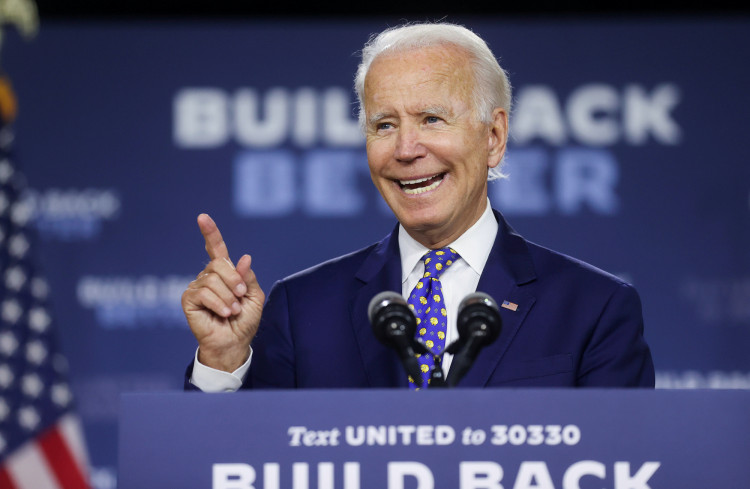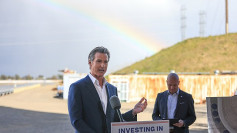President Joe Biden, currently seeking reelection and considered the presumptive Democratic nominee for 2024, has encountered criticism over his economic messaging from a source within his political circle.
Despite Biden's emphasis on economic growth throughout his tenure, detractors, including David Axelrod, a strategist for former President Barack Obama, have voiced concerns over the administration's approach.
The U.S. has seen notable job growth under Biden, with a recent report from the Labor Department citing the addition of 303,000 new jobs in March, lowering the unemployment rate to 3.8 percent. Although these figures suggest economic improvements, there remains a dialogue about the ongoing struggles of working-class Americans.
Axelrod, who worked closely with Biden during the Obama administration, expressed his critique during a conversation with Bulwark editor-at-large Bill Kristol. He emphasized the need for Biden to adopt a more relatable and empathetic stance on economic issues, highlighting that the current messaging strategy might not resonate with the experiences of the working class.
In a pointed critique of Biden's recent comments to Al Roker, where Biden asserted, "I would tell [them] we've got the strongest economy in the world," Axelrod argued that such a stance might not be the most effective. He suggested that a more effective message would be one that acknowledges the administration's progress while also recognizing the everyday economic challenges faced by Americans, as per RadarOnline.
"The right strategy is to say, 'Look, we've made a lot of progress from the day I walked in the door as a country, and I'm proud of our country for fighting through this pandemic and getting her back to where we've got this much employment. But the fact is, the way people experience this economy is the way I did when I was growing up in Scranton, Pennsylvania,'" Axelrod explained, invoking Biden's own background to underscore the importance of connecting with the electorate on economic issues.
"How much did you pay for the groceries? How do you afford the gas, [and] the rent? And these continue to be a problem, and I'm fighting that fight," he added, advising Biden to align himself more closely with the economic struggles of working people.
The discourse surrounding the U.S. economy under Biden's leadership presents a dichotomy. Supporters of the President argue that his economic achievements are being overshadowed by negative media portrayals, while critics maintain that many working-class Americans are still facing significant financial pressures, including the rising costs of groceries, housing, and transportation.
Since the turn of the millennium, young Americans have shown a consistent preference for Democratic candidates, reaching a zenith with Barack Obama's initial victory in 2008. While there is no singular, flawless gauge for subgroup voting patterns, exit polls and assorted surveys typically indicate a significant lean towards Joe Biden over Donald Trump in the 2020 elections, with Biden securing more than a 20-point lead among this demographic.
Notably, young voters have also demonstrated a propensity to support third-party candidates at a higher rate than other age groups. In the 2016 presidential election, which saw Trump ascend to the presidency despite not winning the popular vote, approximately 10 percent of voters under 30 opted for a third-party choice, Politico reported. This figure stood in contrast to 8 percent of the 30-44 age group, 5 percent among those aged 45-64, and 3 percent of the voter base aged 65 and over, according to data from Catalist, a Democratic data firm.
Current polling reflects a widespread disapproval of Biden among young voters, albeit without a clear indication of increased support for Trump. A survey from Split Ticket revealed that more than two-thirds of young voters view both Biden (68 percent) and Trump (70 percent) unfavorably. Trump's "very unfavorable" ratings among this group (61 percent) surpass Biden's (44 percent), emphasizing the challenge Biden faces in appealing to the 24 percent of young voters who view him somewhat unfavorably.
Conversely, Biden, as the nation's oldest president, appears to be making inroads with senior voters, potentially bucking the trend where voters typically grow more conservative with age. A recent New York Times/Siena College national poll, conducted in late February, positioned Biden 9 points ahead of Trump among likely voters aged 65 and older (51 percent to 42 percent), even though Trump led the overall survey by 4 points.





